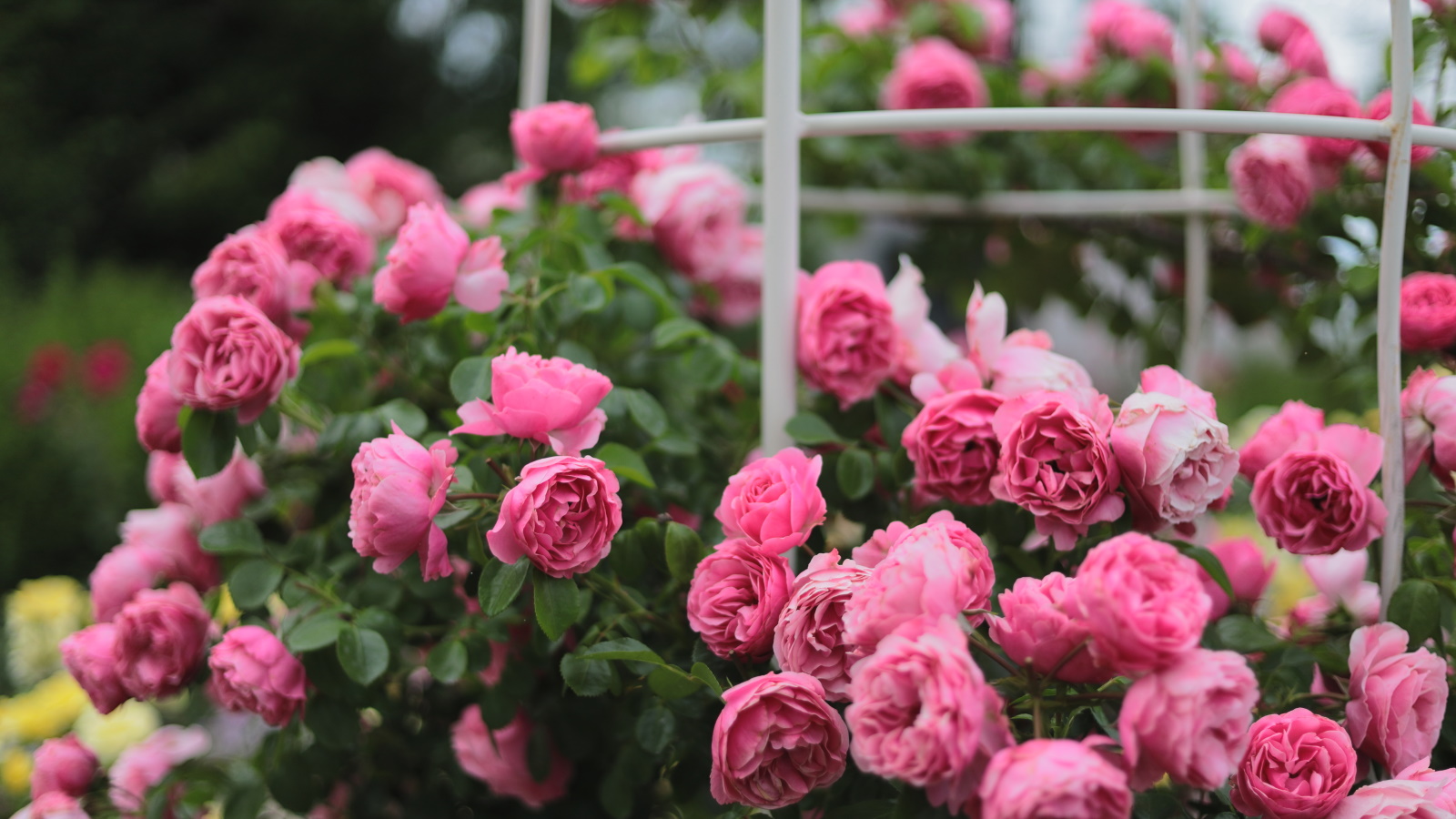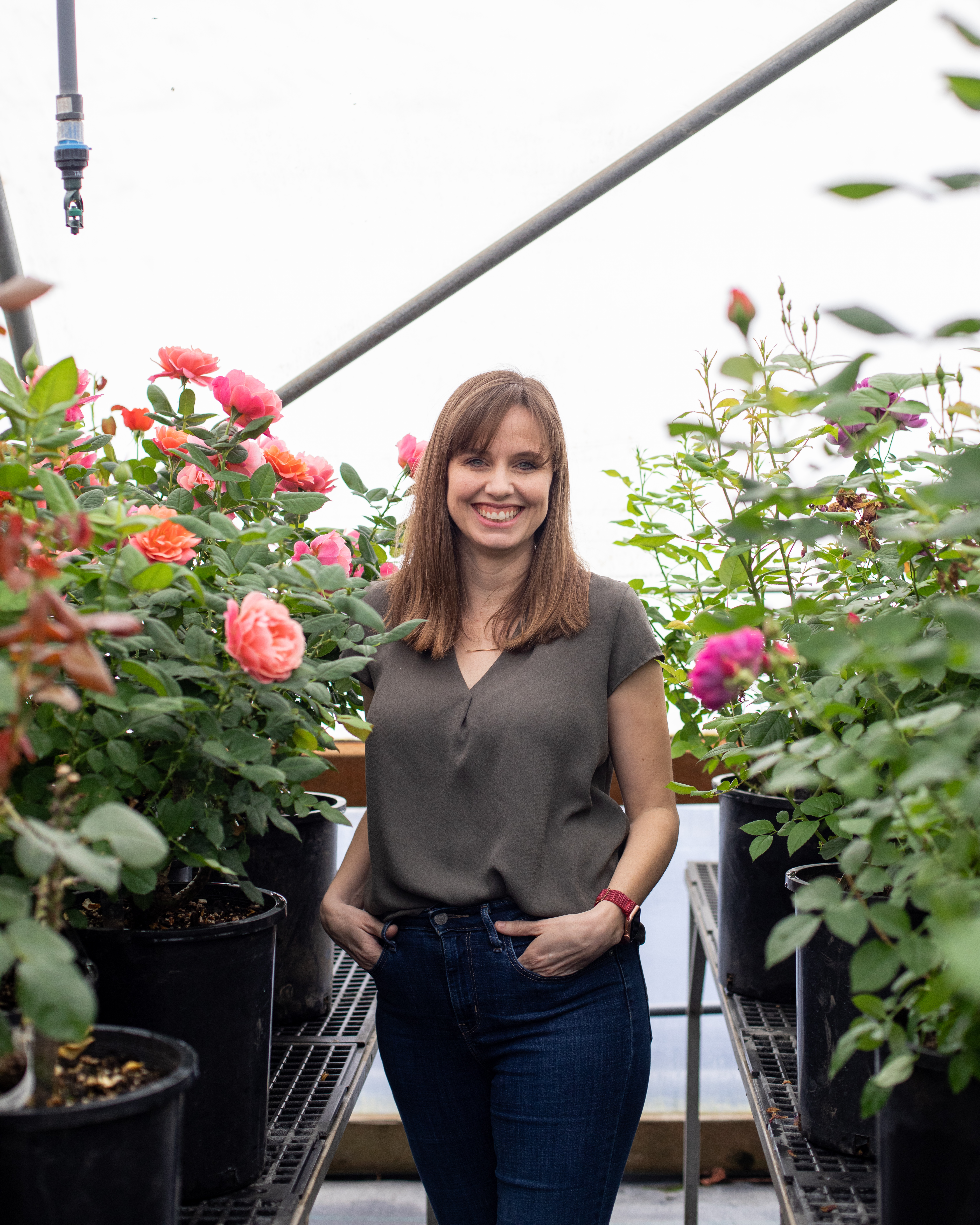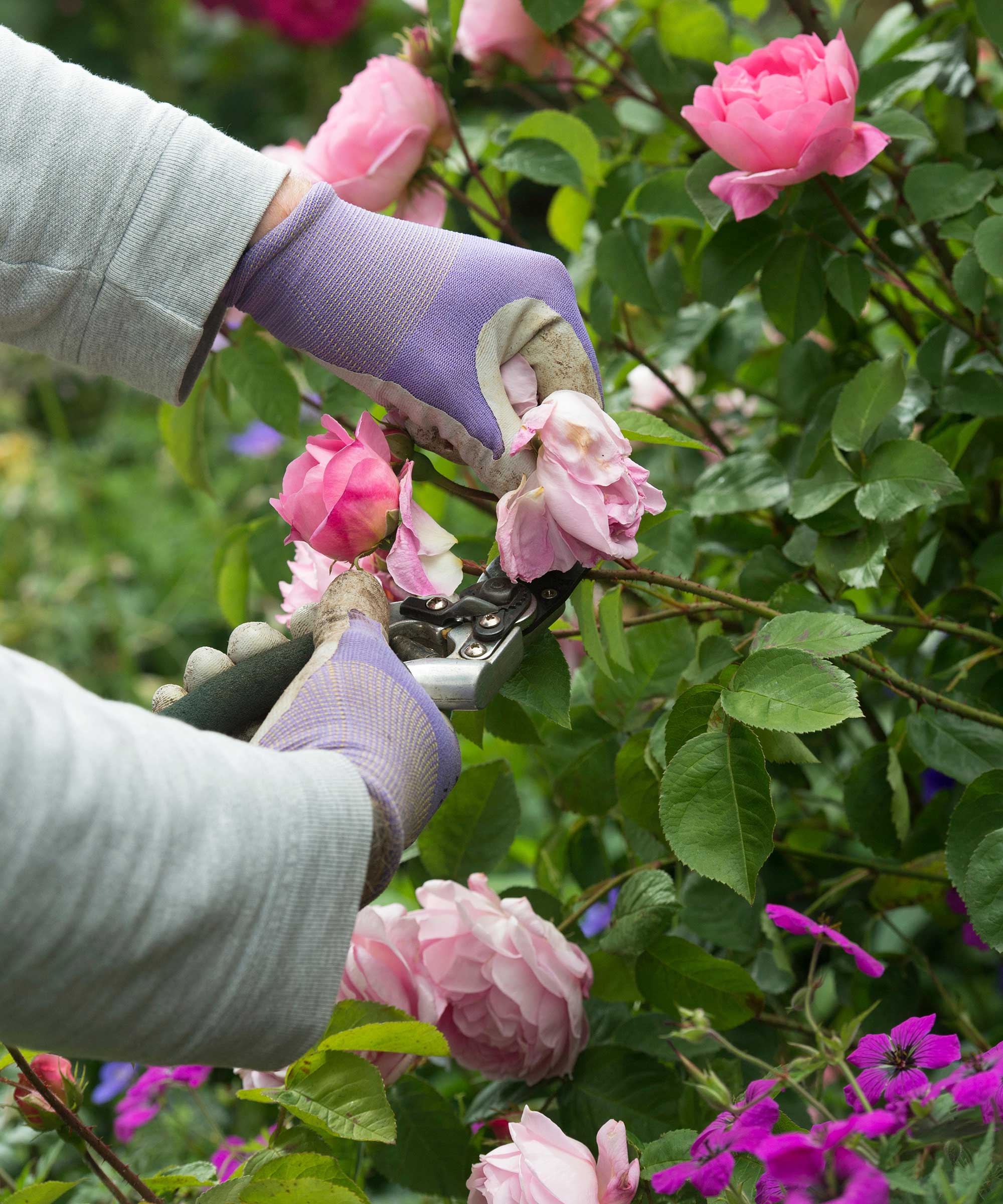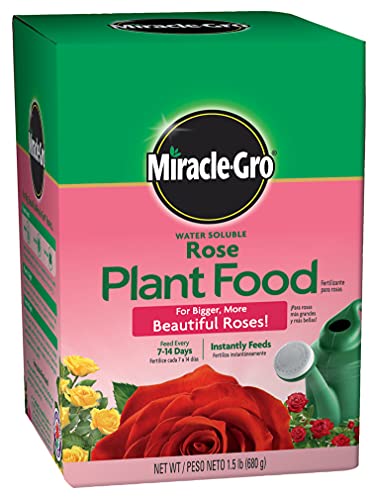Floribunda roses are a gardener's best friend – 3 expert tips to grow these robust and resilient roses
Learn how to grow floribunda roses this year, for a bounty of colorful and long-flowering plants


Floribunda roses are a must-have rose variety suitable for any garden setting. Whether you are growing in pots on a balcony or have a sizeable border in a large backyard, floribunda roses are sure to steal the show, with compact bushes producing hundreds of blooms all summer long.
These roses are a cross between the large-bloomed Hybrid Tea roses and the densely flowering Polyantha variety. The English translation for the Latin word 'Floribunda' is 'many flowers' or 'flowering freely', which hints at this rose's reputation for producing sprays, or clusters, of flowers - and who wouldn't like that?
Compact in habit, Floribunda roses tend to grow no taller than 5-6 feet, making them an ideal choice for borders or container displays. While you might know how to grow roses, there are a few steps that can help these plants thrive. So, if you are seeking rose garden ideas, Floribunda roses are certainly one robust and resilient rose option to consider. We asked a rose expert to share three top tips for growing these impactful blooms.

How to grow floribunda roses
Floribunda roses can be grown in US hardiness zone 5 to US hardiness zone 9, tolerating a range of climates. While they are generally hardy down to 10°F, I would recommend protecting your Floribunda roses during extended cold periods with heavy frosts or snow.
While no rose can be described as low-maintenance, Floribunda varieties are relatively low-stress. They deliver floral color from June through to October, while also being notably disease-resistant. By following our three expert-approved tips, your yard will be full of rose blooms this year.
1. Floribunda roses thrive in sunny spots

'Floribunda roses are fairly versatile and can be grown in most areas. We have about 156 Floribunda roses on our site and all are tough, hardy plants,' says Robin Jennings, rose expert and Manager of Strategic Partnerships at Heirloom Roses.
'Like all roses, Floribunda roses need at least 6-8 hours of sunlight,' Robin adds. 'In general, the more sun you give your rose, the healthier it will be and the more blooms it will produce.'
Choosing the right position for any new plants, therefore, is important. Whether you have a bare-root rose or a pot-grown rose, giving it the maximum amount of sunshine each day is crucial if you want to maximize blooms.
Design expertise in your inbox – from inspiring decorating ideas and beautiful celebrity homes to practical gardening advice and shopping round-ups.
This will be particularly important in northern and cooler zones, where direct sun and light levels will be much reduced when compared to yards in the south.

Robin Jennings, a city girl from Canada, discovered her passion for gardening in the farmland of Oregon's Willamette Valley. Robin works for Heirloom Roses, where she collaborates with hybridizers to promote the beauty of own-root roses and preserve older varieties.
Shop Floribunda Roses
2. Deadheading floribunda roses is essential

'Deadheading is essential for Floribunda roses,' Robin says. 'This is because removing faded flowers will promote new rose growth. The more you prune back the old blooms, the quicker the new ones arrive.'
Using clean, sharp tools, carefully remove faded blooms as the petals begin to drop. Once an entire cluster has finished flowering, you can remove the entire stem, cutting it down to a leaf node.
When considering how to deadhead roses, Robin has a tip specifically for Floribunda roses. 'Since these blooms appear in clusters, if you remove the center bloom, even if it's not fully spent, the remaining flowers will bloom simultaneously in a beautiful display.'
'Deadheading is an essential summer rose care task,' Robin continues, 'particularly if you want to keep your cherished roses looking in good form. My favorite Floribunda rose at the moment is 'Parfuma Earth Angel', with gorgeous peony-shaped blooms and an incredibly sweet scent of lemon and raspberries.'
Heirloom Roses supply 'Parfuma Earth Angel', which is available to order from Amazon.
3. Fertilizer will boost floribunda roses

'For any newly planted Floribunda roses, I recommend watering well when first planted and giving them fish fertilizer, which is gentler on the young roots and won't burn them,' Robin advises. Fish fertilizers are available to buy online from Amazon.
After the first full year of growing, you can either use a granular slow-release fertilizer, or a water-soluble rose feed, both of which will help to provide essential nutrients for your rose to thrive.
For those gardeners looking for a new project, why not learn how to make your own rose fertilizer? Our guide has all the information you need to give this a try with household and garden waste.
FAQs
What is a good Floribunda rose variety for a container garden?
Most Floribunda roses have a compact growth habit and are well suited to pot growing. One of my favorites is 'Violet's Pride,' a striking lilac rose with masses of beautiful blooms. This variety will not grow any bigger than 3-4 feet in height and would work well on a sunny patio or balcony. The 'Violet's Pride' rose is supplied by Heirloom Roses and is available from Amazon.
Floribunda roses are sure to add color and impact to your yard this year, with clusters of blooms that will erupt in color from summer until fall. For more rose information, see our guide on how to move a rose.

Thomas is a Content Editor within the Gardens Team at Homes and Gardens. He has worked as a professional gardener for both public spaces and private estates, specializing in productive gardening, growing food and flowers. Trained in Horticulture at the Garden Museum, he has written on gardening and garden history for various publications, including The English Garden, Gardens Illustrated, Hortus, The London Gardener and Bloom. He has co-authored a Lonely Planet travel book, The Tree Atlas, due out in 2024.




